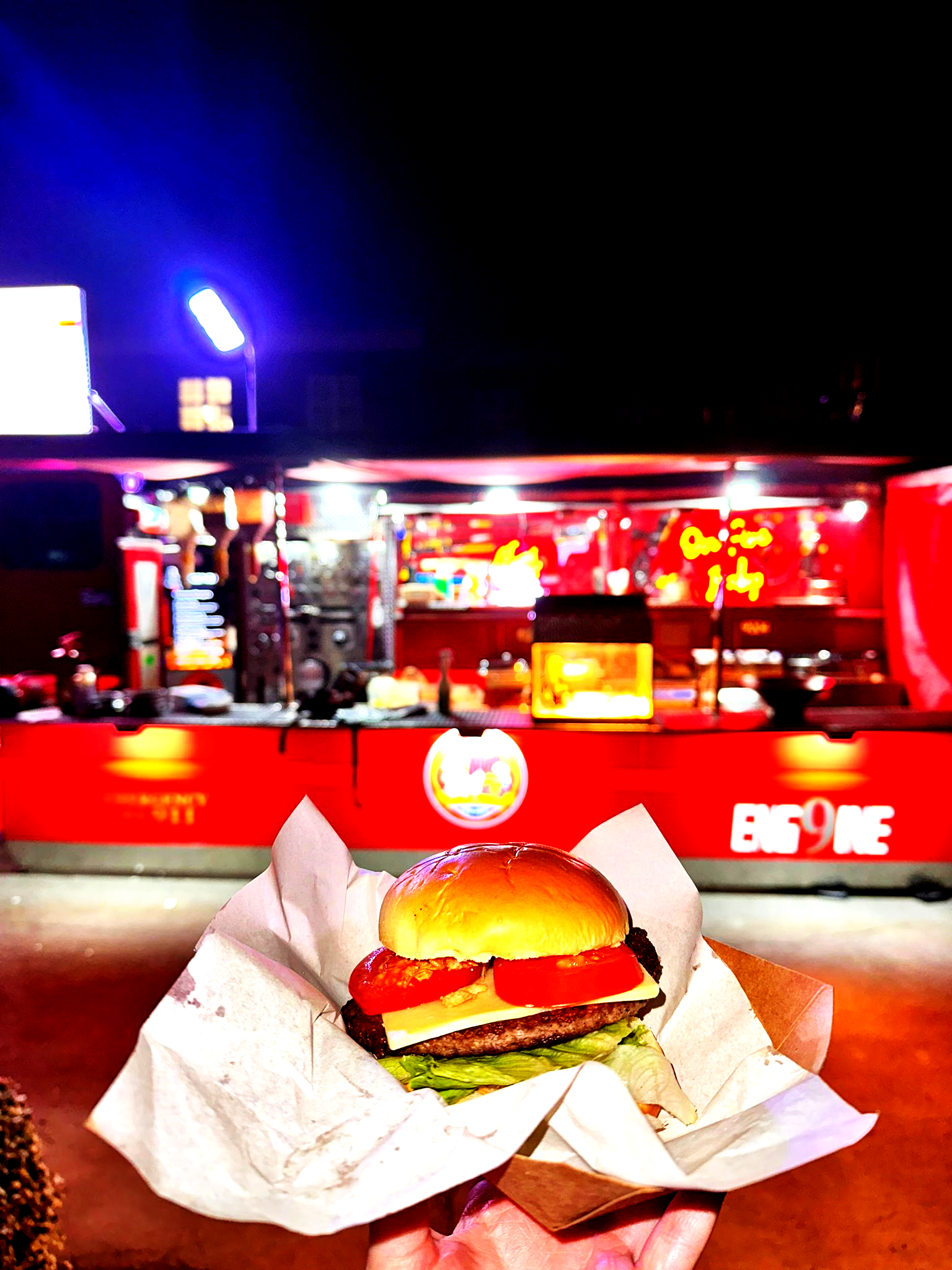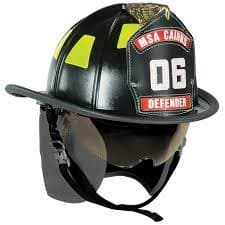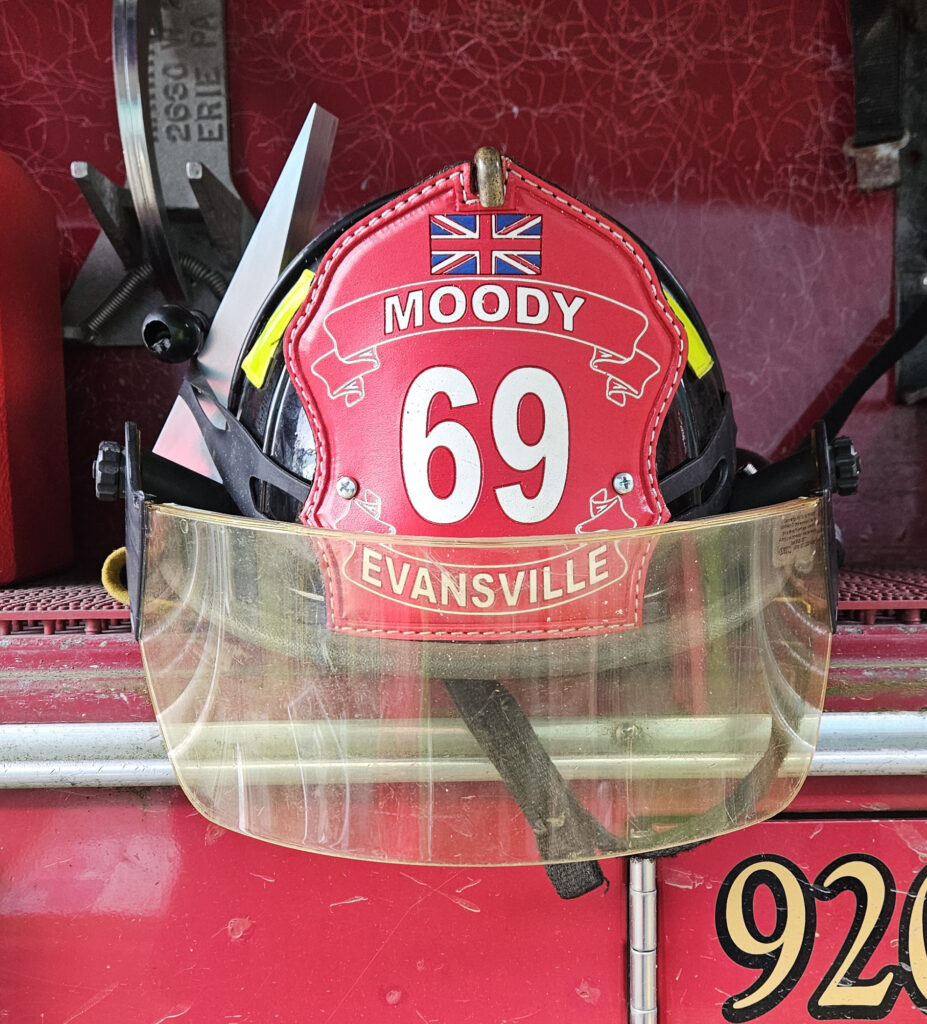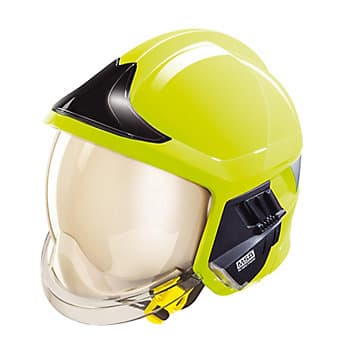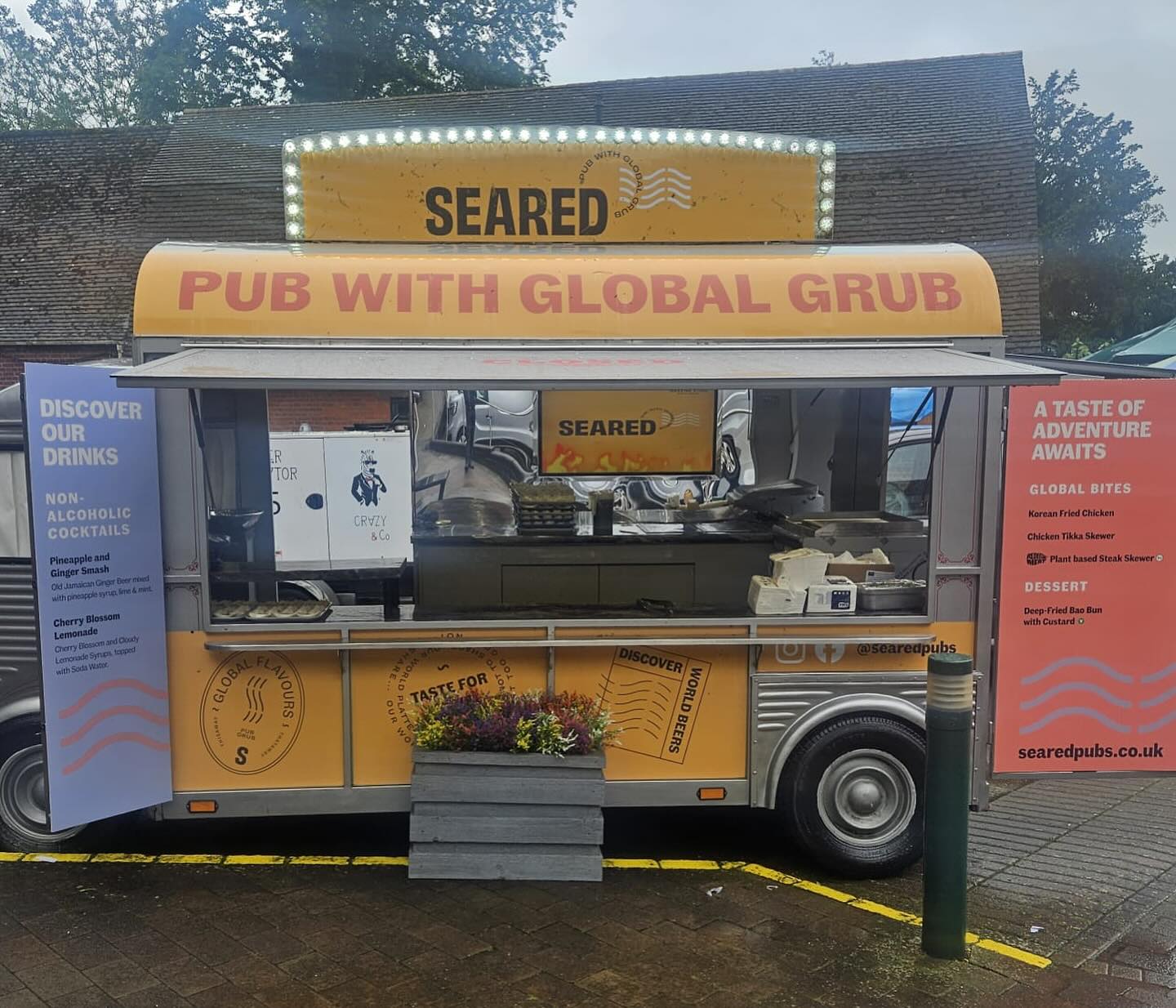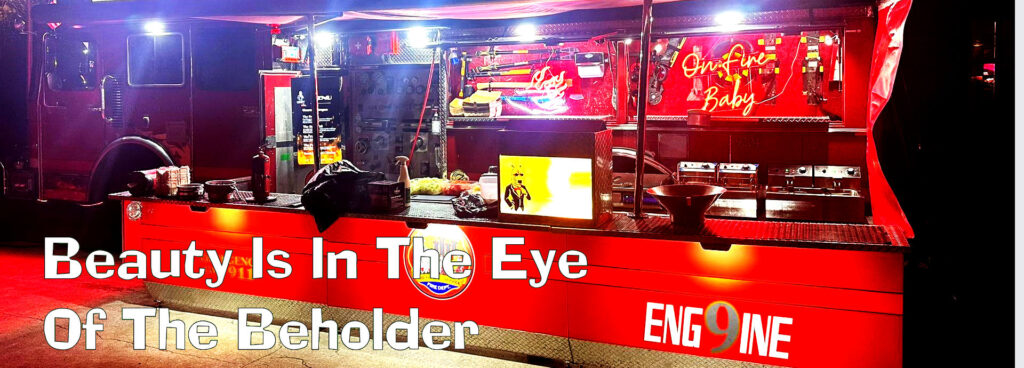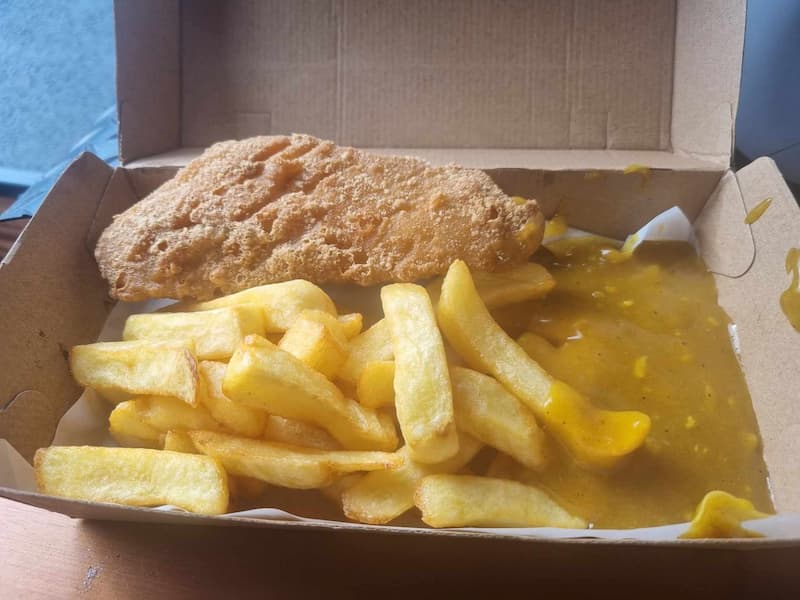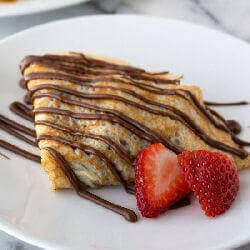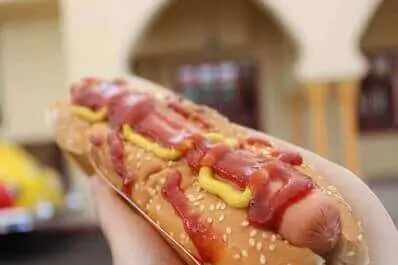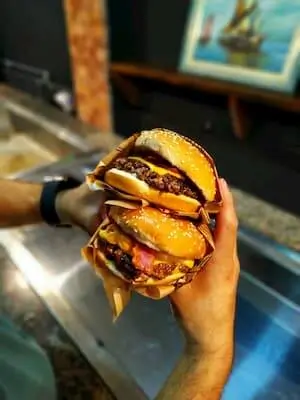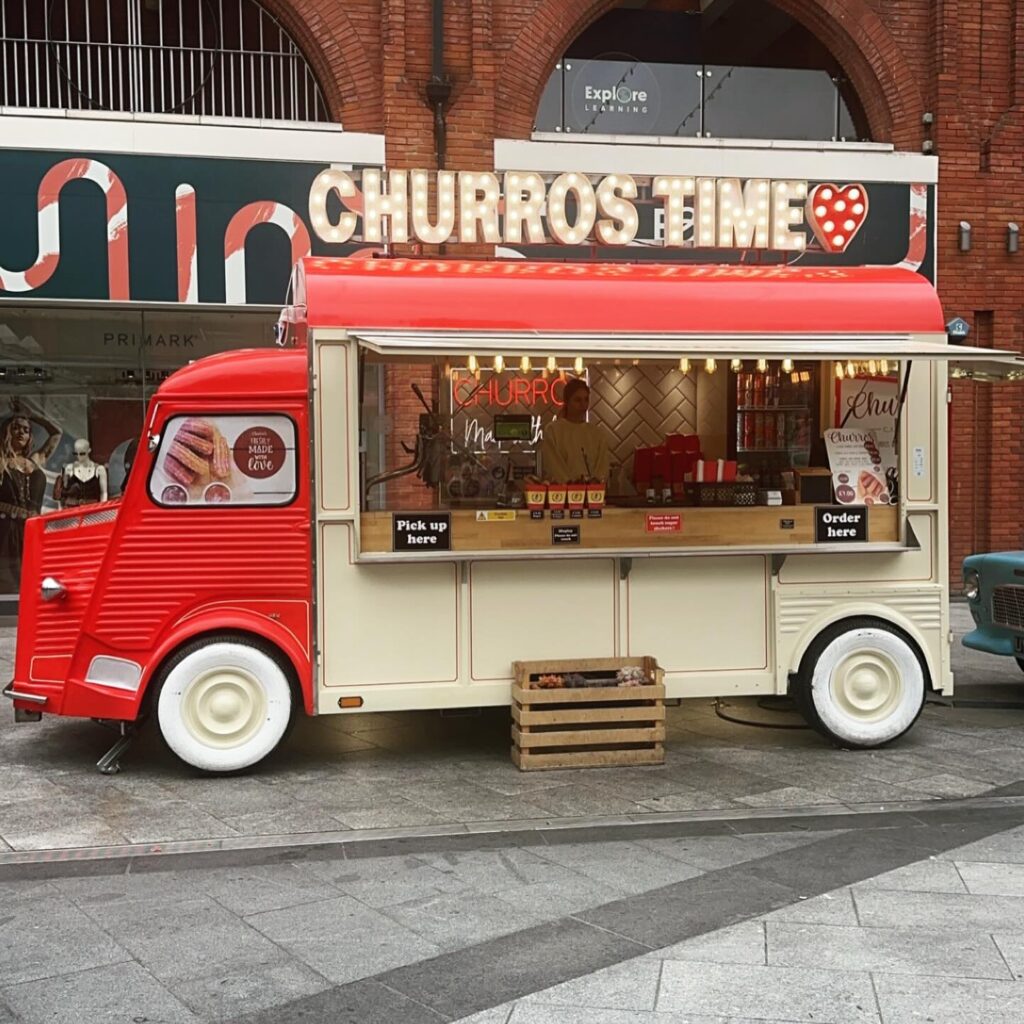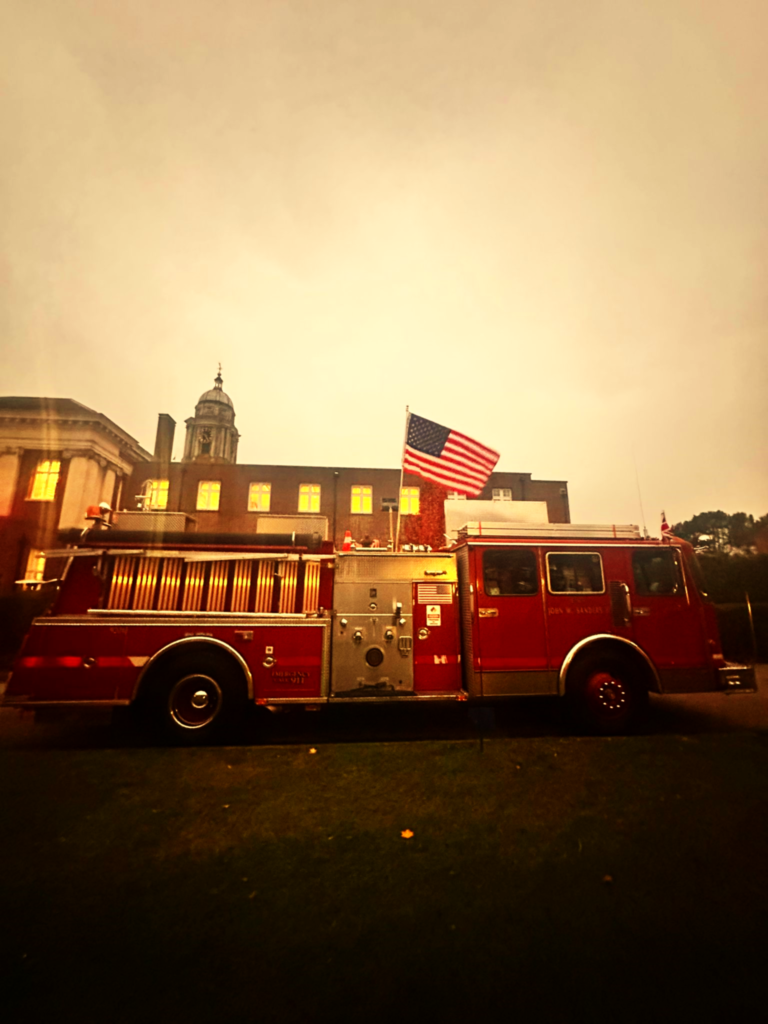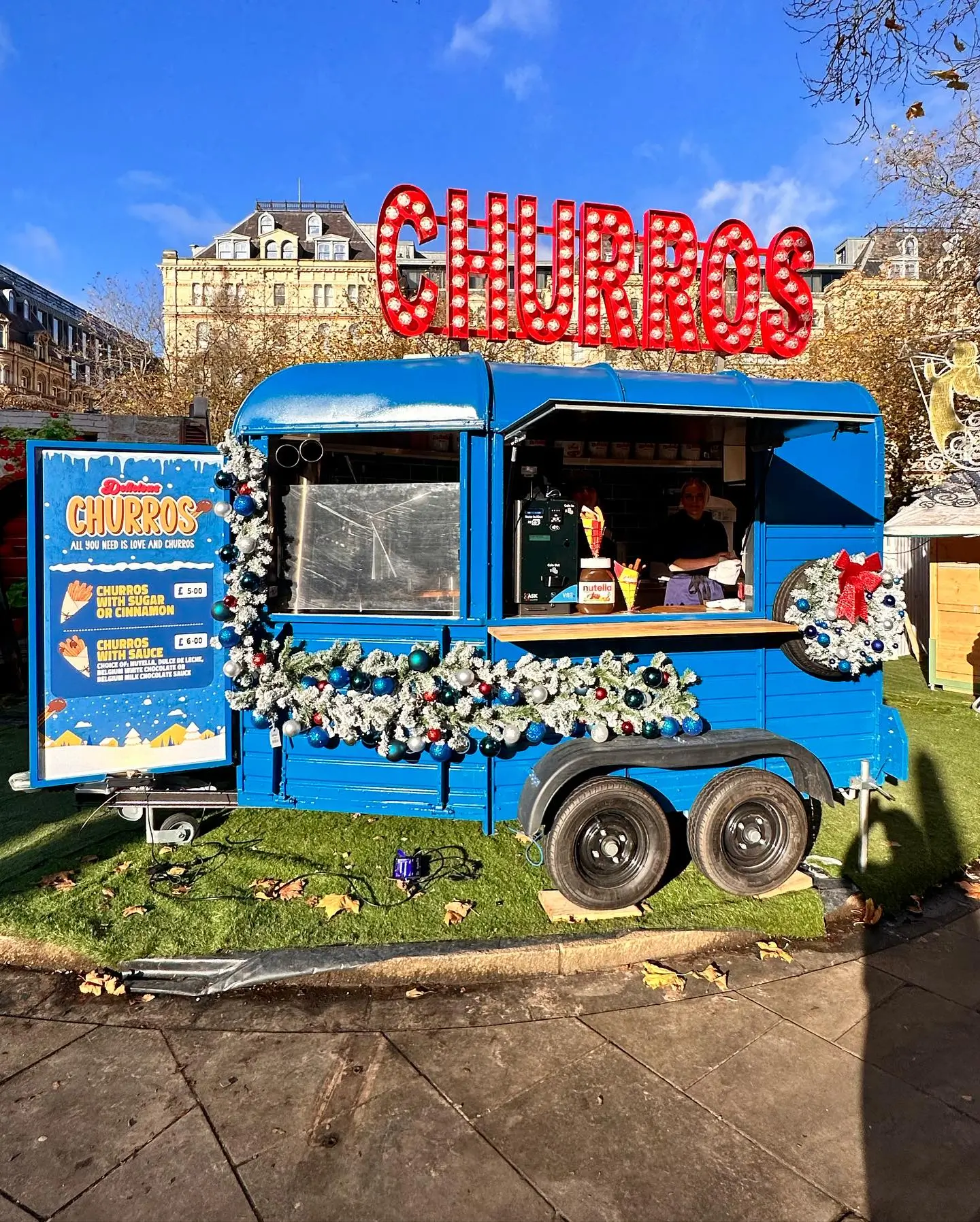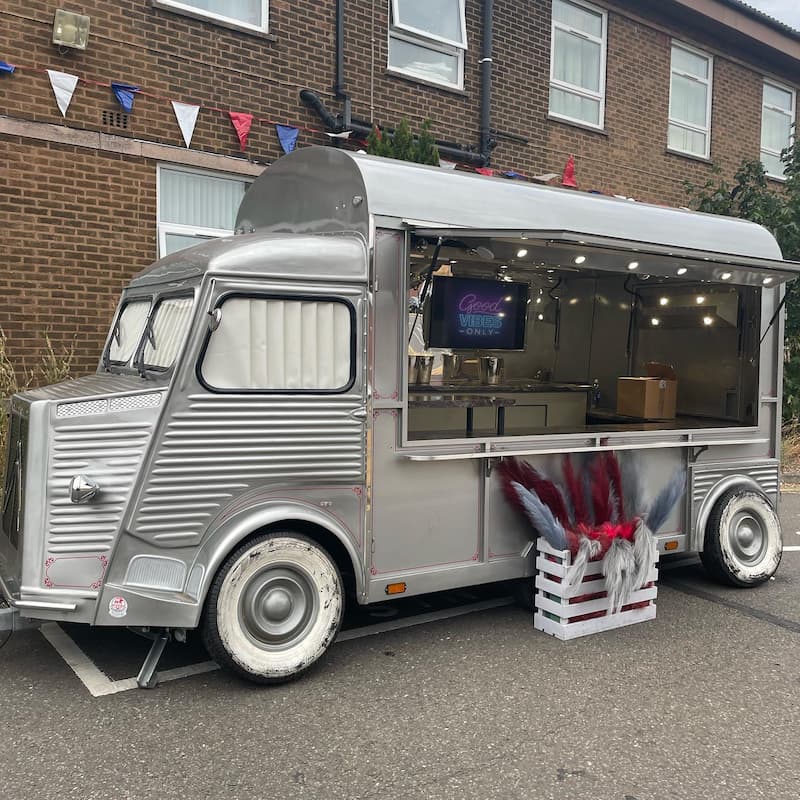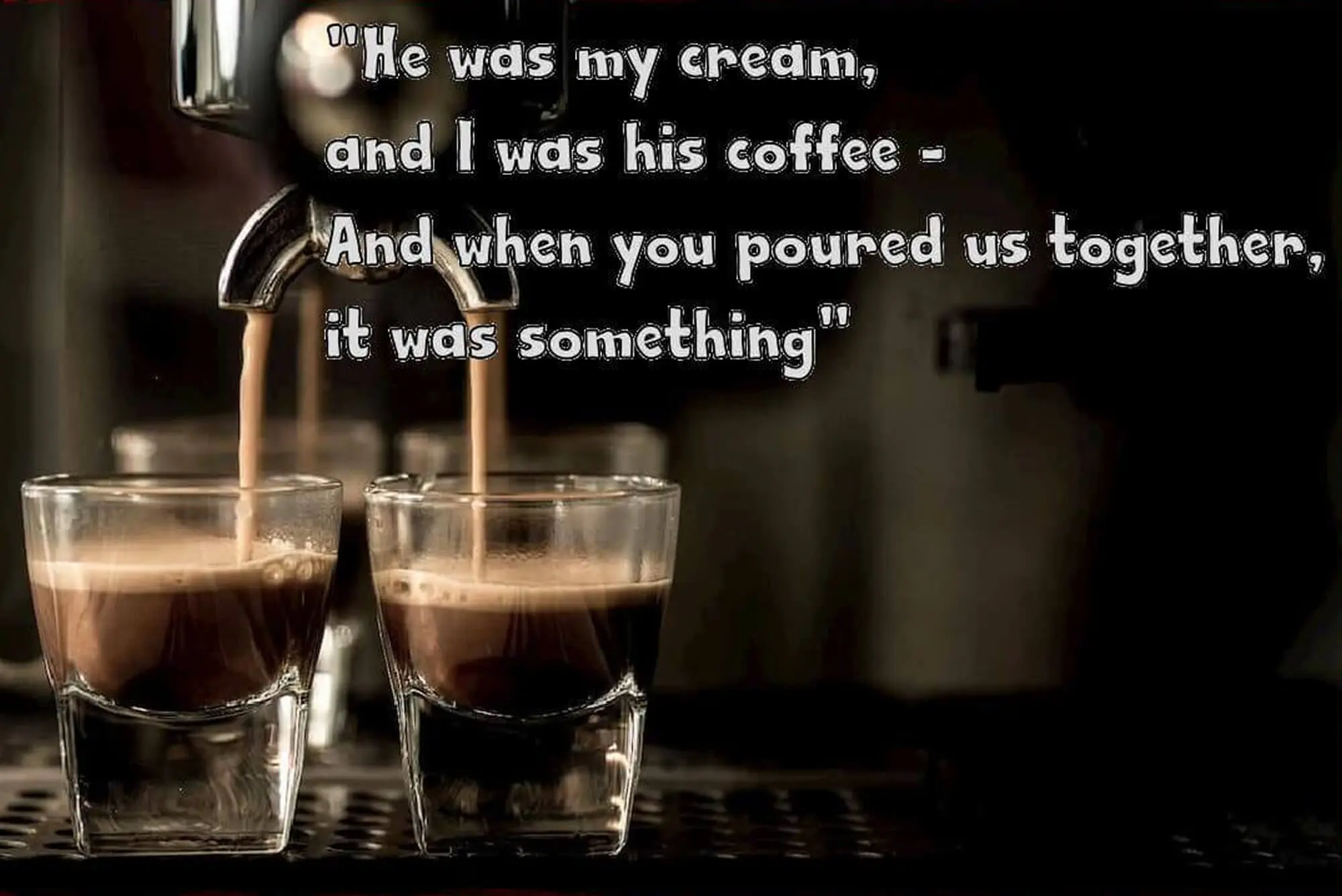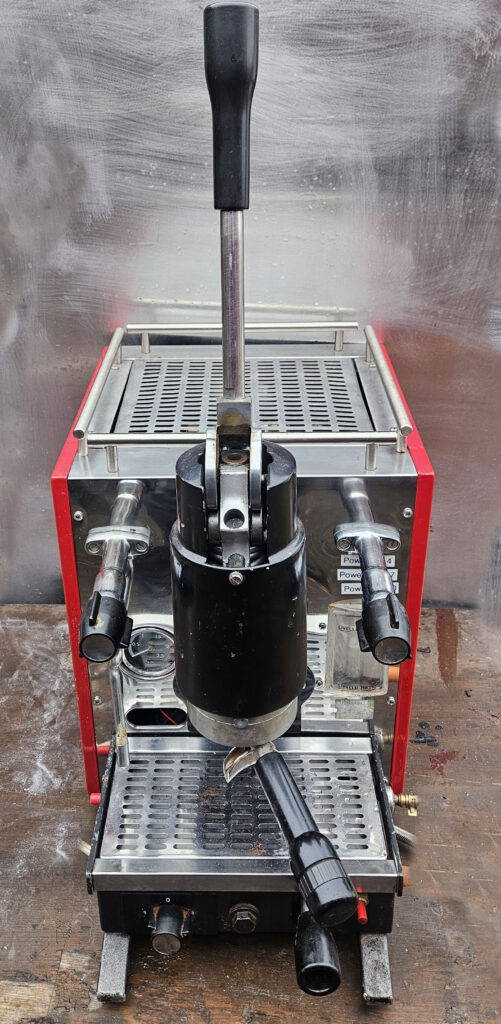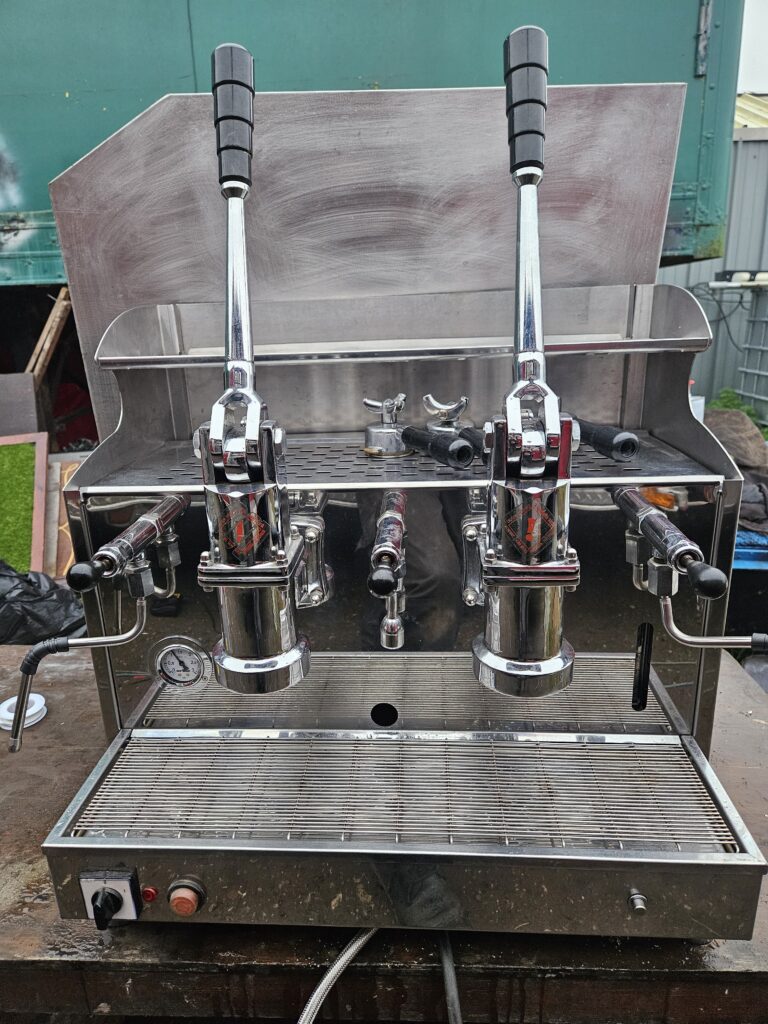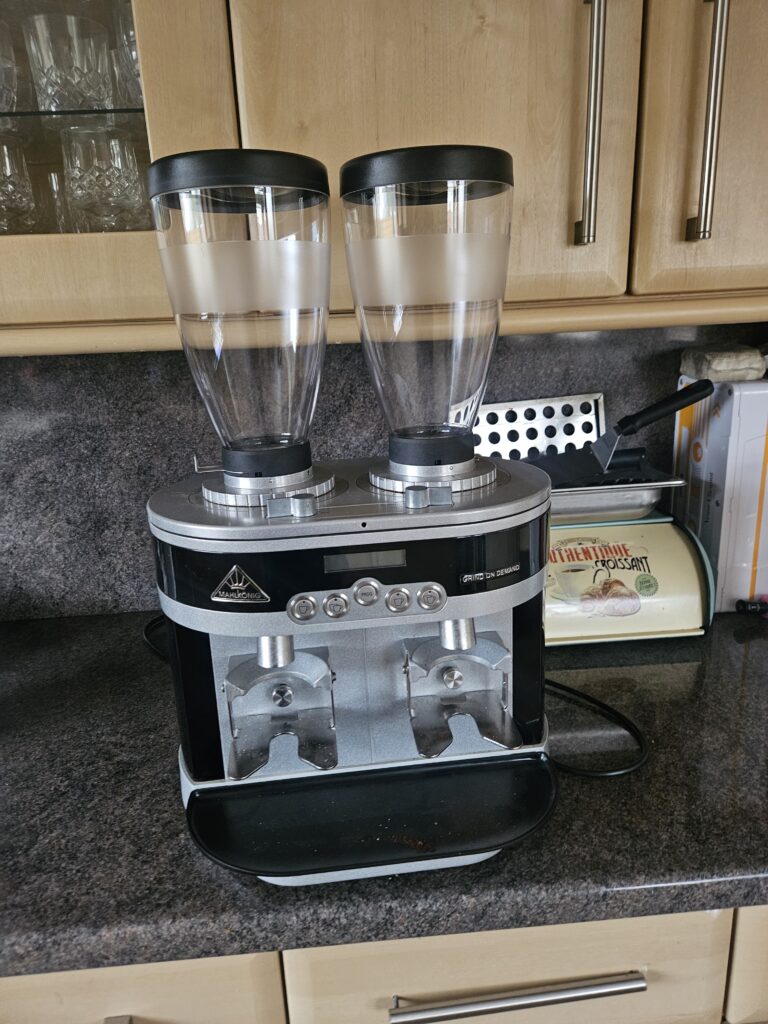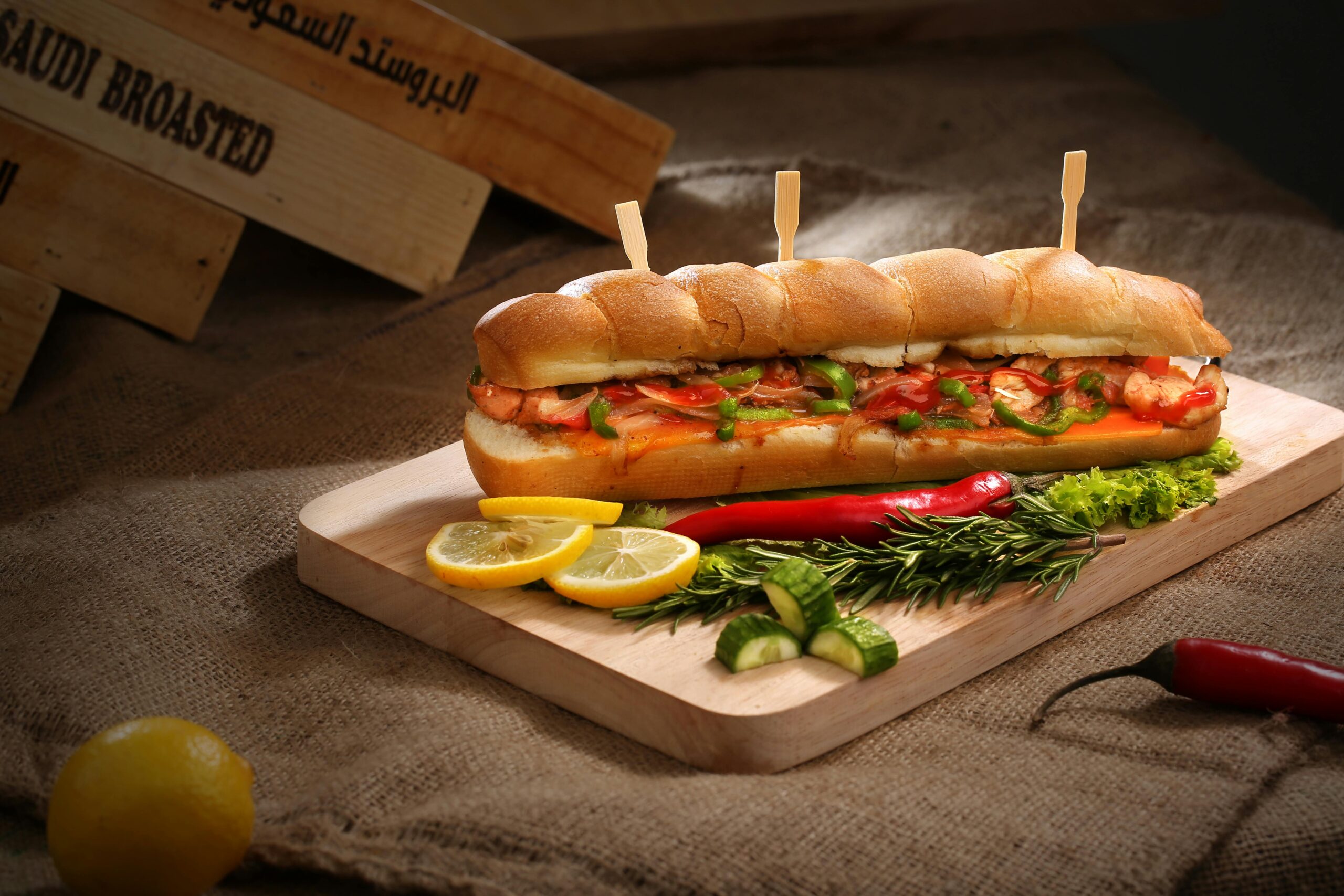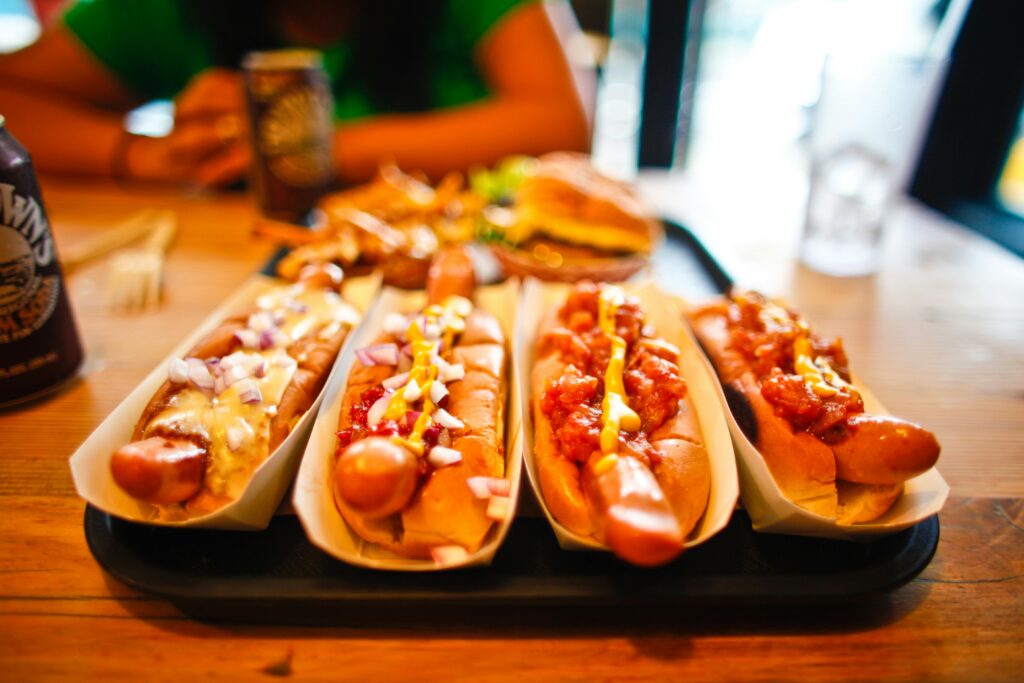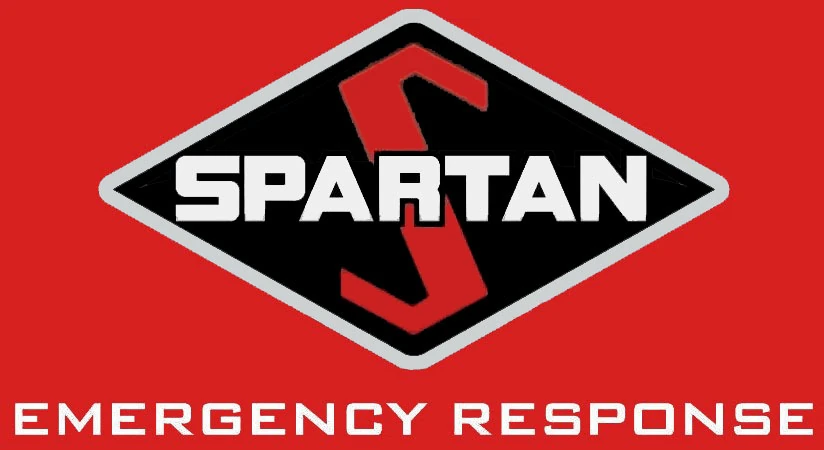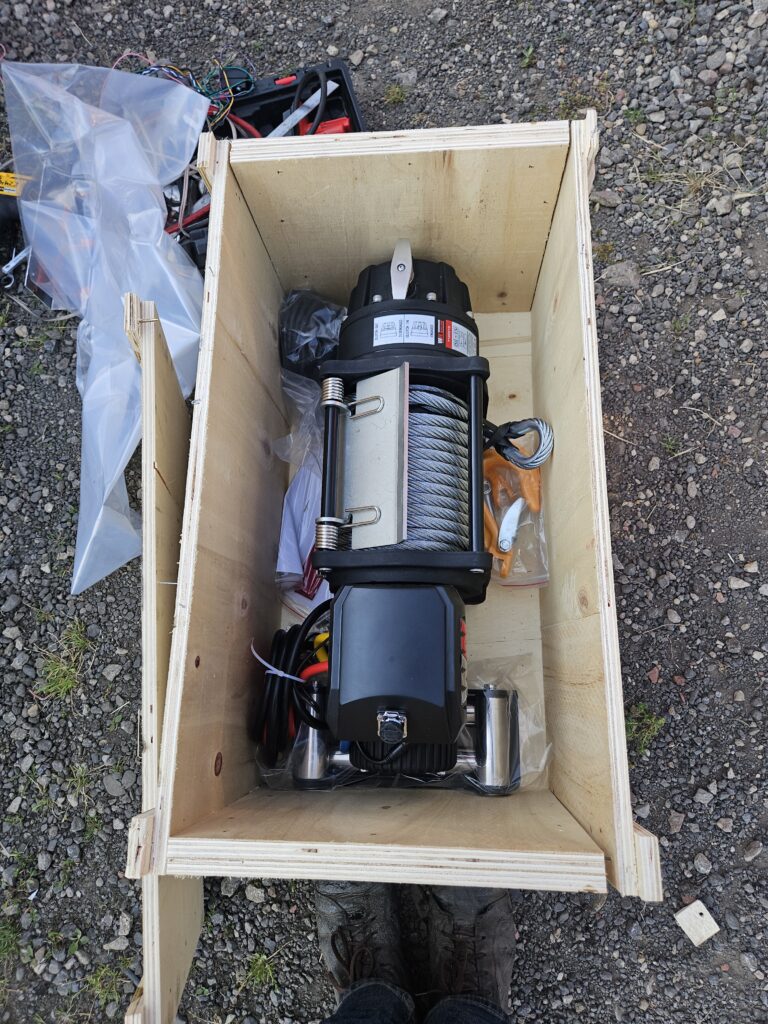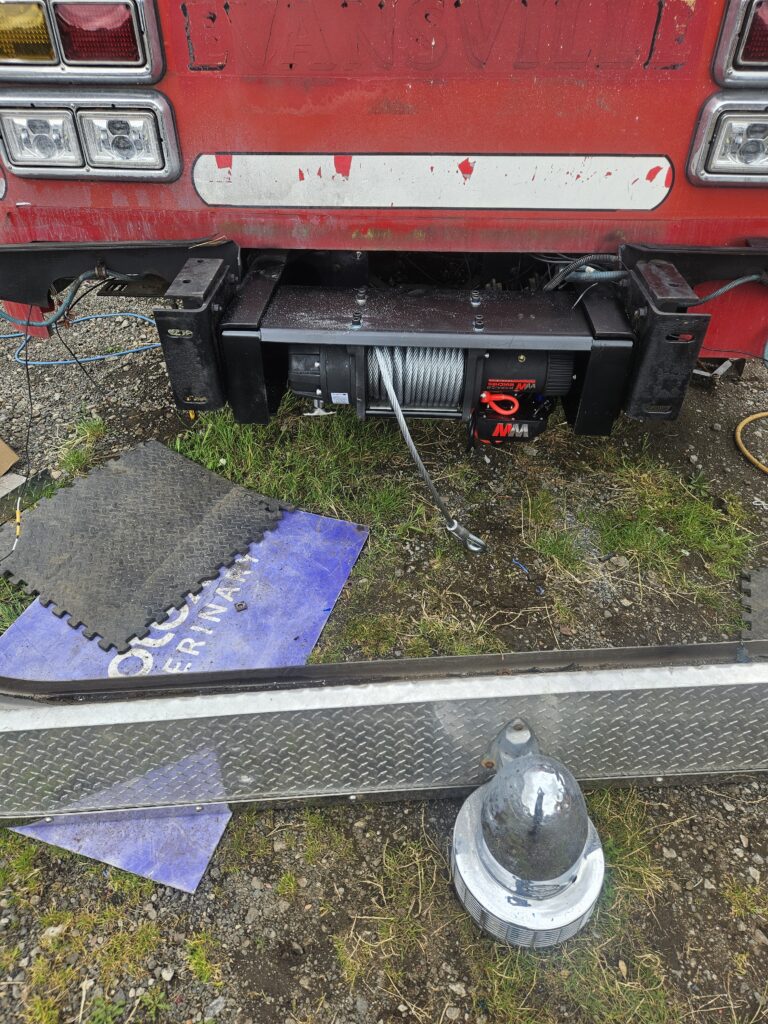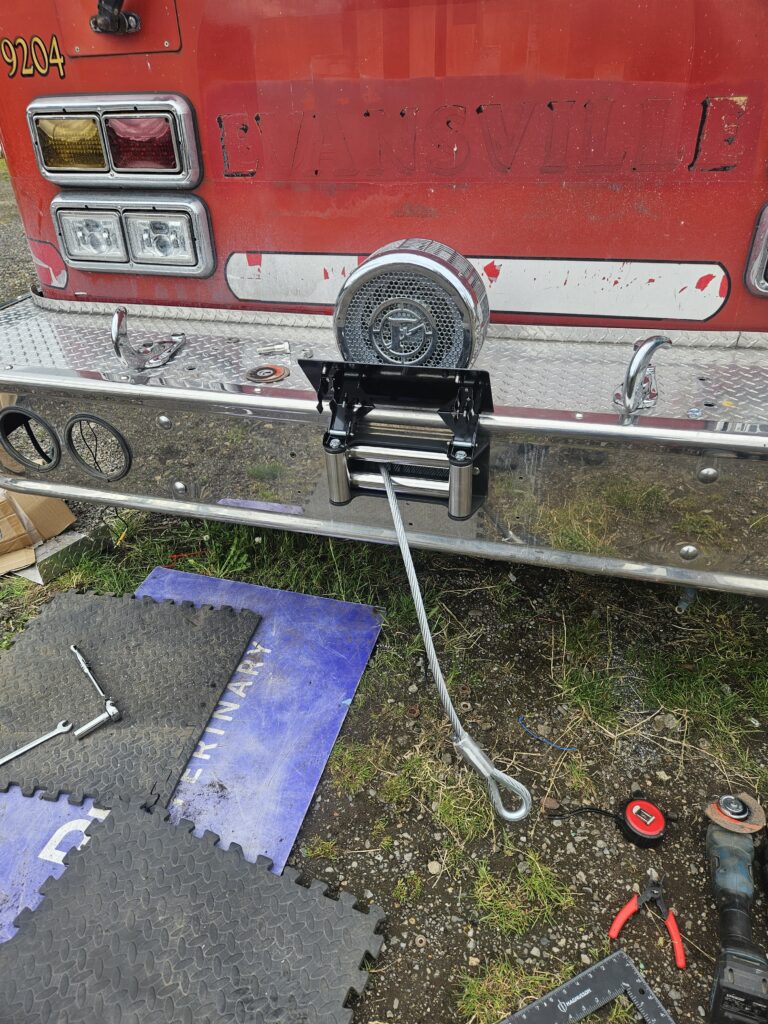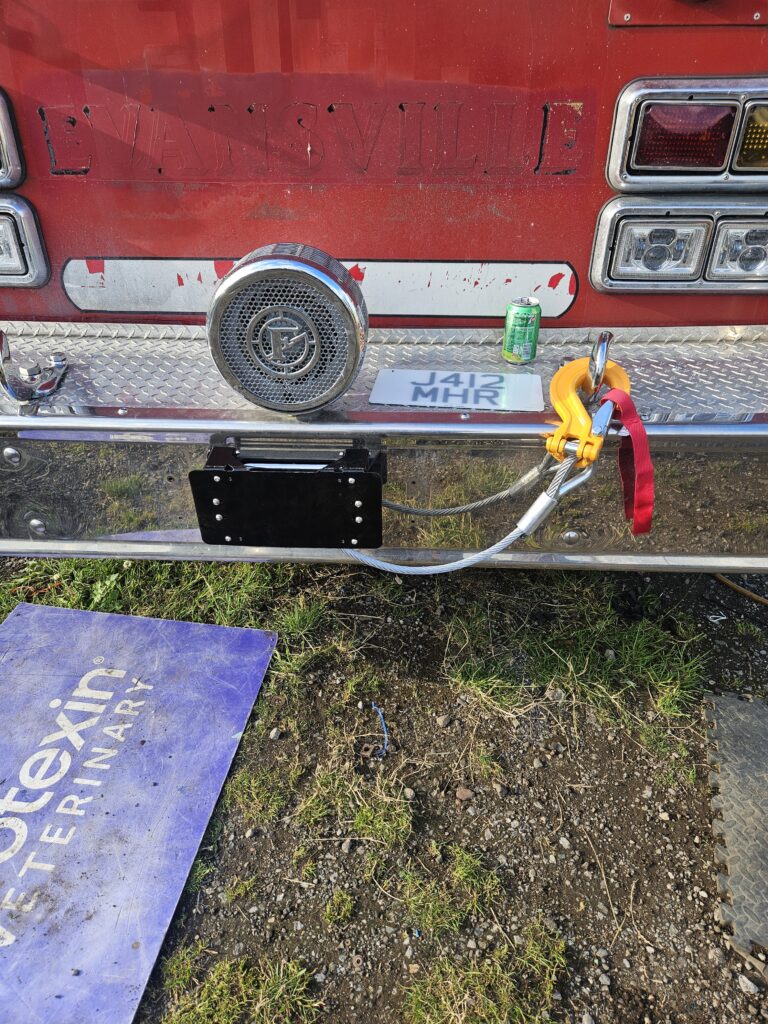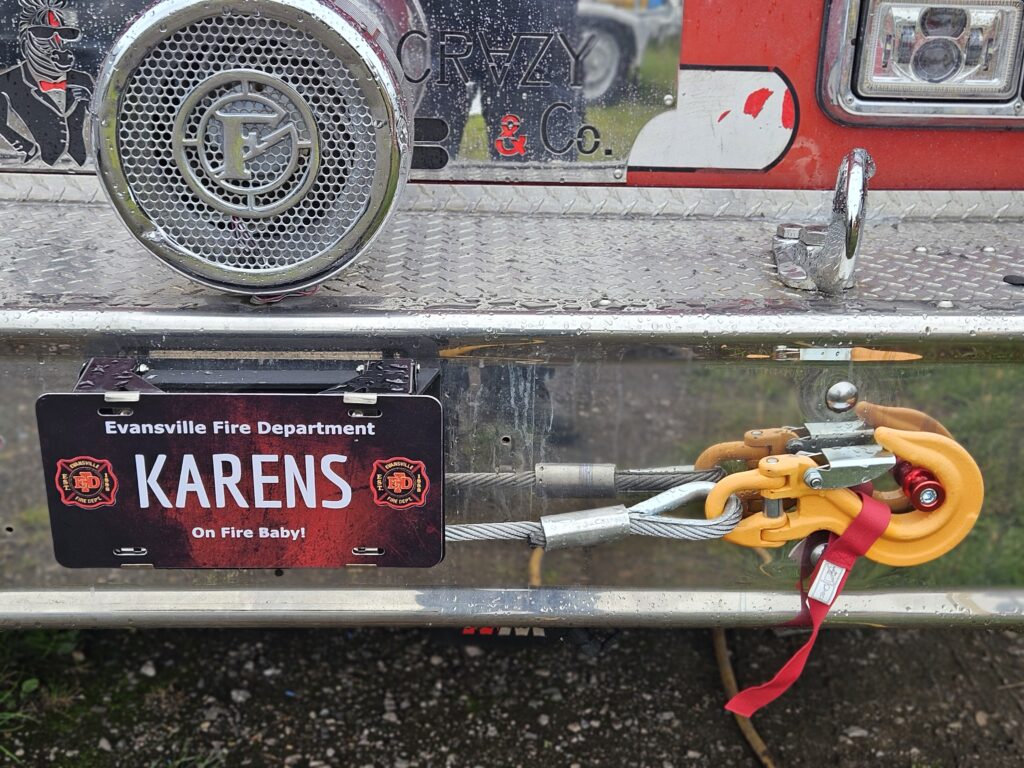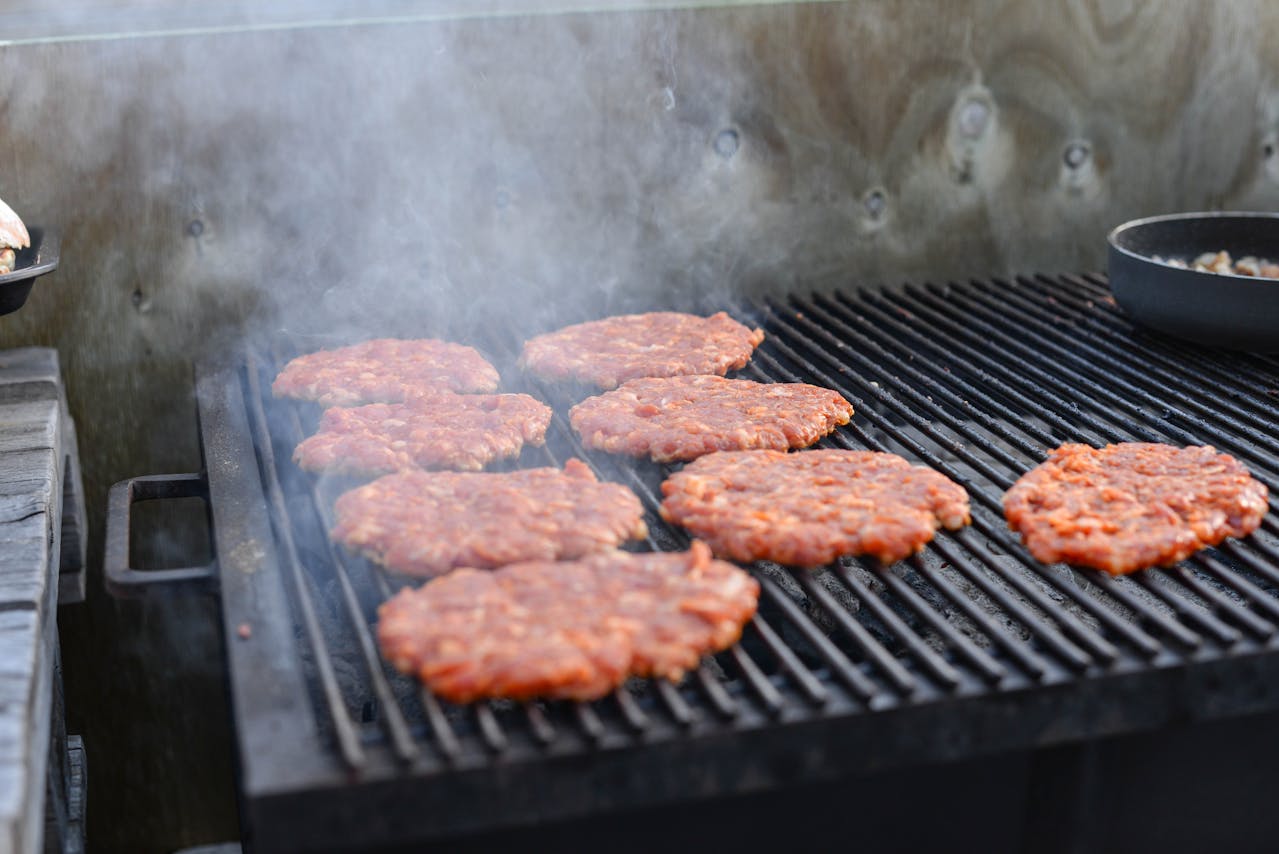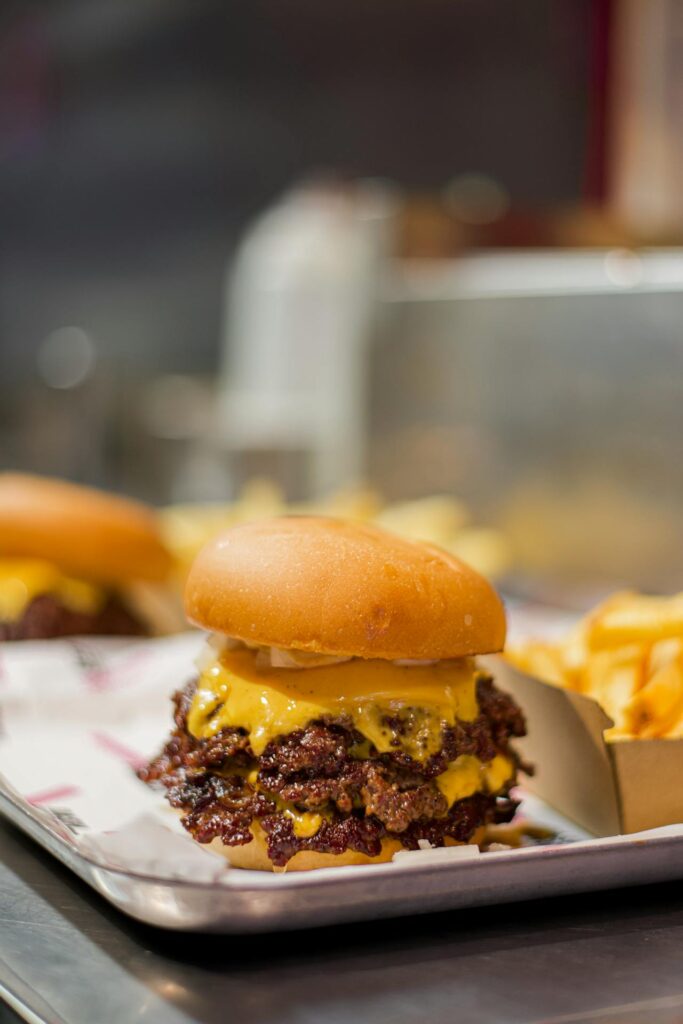
by Cullan Smith (https://unsplash.com/@cullansmith)
Imagine the comforting aroma of chestnuts roasting by an open fire, signaling the arrival of the holiday season. This delightful scent is as much a part of Christmas as twinkling lights and festive carols. But have you ever wondered where this tradition comes from? The history of hot roast chestnuts is as rich and warm as the flavor of the nuts themselves. Let’s dive into this fascinating journey of a wintertime favorite.
The Origins of Chestnut Roasting
Ancient Times
Roasting chestnuts is a time-honored tradition that dates back to ancient times. The chestnut tree, native to southern Europe and Asia Minor, has been cultivated for thousands of years. The Romans were among the first to roast and enjoy chestnuts, using them as a staple food item in their diet. These hearty nuts were easy to transport, long-lasting, and provided much-needed sustenance during harsh winters.
Medieval Influence
As centuries passed, the popularity of chestnuts continued to spread across Europe. By the Middle Ages, chestnuts had become a vital food source for many rural communities. In regions where wheat was scarce, chestnuts were ground into flour, forming the basis of many meals. The process of roasting chestnuts over an open flame became a common practice, especially during colder months when fresh produce was unavailable.
Chestnuts and Christmas: A Festive Connection
Victorian Christmas Traditions
The association between chestnuts and Christmas began to solidify during the Victorian era. This period saw the rise of many holiday traditions that we still cherish today, from decorating Christmas trees to sending greeting cards. Roasted chestnuts became a popular street food in bustling cities like London and Paris, where vendors would sell them to passersby seeking warmth and comfort.
Chestnuts were not only a festive treat but also a symbol of the season’s generosity and goodwill. Families would gather around the fire to roast chestnuts, sharing stories and laughter as they celebrated togetherness. The humble chestnut, with its sweet aroma and hearty taste, became a cherished part of the Christmas experience.
Chestnuts in Popular Culture
The enduring appeal of chestnuts during the holiday season was immortalized in the classic Christmas song, “The Christmas Song” by Mel Tormé and Bob Wells. The opening line, “Chestnuts roasting on an open fire,” evokes a sense of nostalgia and warmth that resonates with people worldwide. This lyrical nod to the tradition has helped cement chestnuts as an iconic symbol of Christmas.
The Modern-Day Chestnut Craze
Global Popularity
Today, the tradition of roasting chestnuts continues to thrive across the globe. From the bustling streets of New York City to the charming Christmas markets of Germany, the unmistakable aroma of roasting chestnuts draws people in. These delicious nuts have become a beloved holiday snack, enjoyed by people of all ages.
In some cultures, roasting chestnuts has taken on new forms. In Italy, for example, chestnuts are often roasted over a wood fire and enjoyed with a glass of wine. In Japan, sweetened chestnuts are used in various desserts, adding a unique twist to the traditional preparation.
Health Benefits and Culinary Uses
Beyond their delightful taste and festive associations, chestnuts offer numerous health benefits. They are low in fat and calories compared to other nuts, making them a healthier snack option. Rich in vitamins and minerals, chestnuts can also support heart health and boost the immune system.
In the culinary world, chestnuts are a versatile ingredient. They can be used in soups, stews, and stuffing, adding a distinct nutty flavor to dishes. Chestnut flour is a gluten-free alternative for baking, offering a unique taste and texture to bread and pastries.
Keeping the Tradition Alive
Roasting Chestnuts at Home
If you’re inspired to try roasting chestnuts at home, it’s easier than you might think. You’ll need fresh chestnuts, a sharp knife, and a roasting pan or open fire. Begin by scoring an “X” on the flat side of each chestnut to allow steam to escape and prevent them from bursting. Roast them over medium heat, turning occasionally, until the shells are charred and the nuts inside are tender.
Conclusion
The history of hot roast chestnuts is a testament to the enduring appeal of this humble nut. From ancient times to modern-day festivities, chestnuts have brought warmth and comfort to countless generations. As you savor the sweet, nutty flavor of roasted chestnuts this holiday season, take a moment to appreciate the rich history and tradition behind this beloved winter treat. Whether you’re roasting them at home or enjoying them from a street vendor, chestnuts are sure to bring a touch of magic to your holiday celebrations.
So next time you catch a whiff of chestnuts roasting by an open fire, remember the centuries-old tradition that continues to bring joy and togetherness to people around the world.

by Annie Spratt (https://unsplash.com/@anniespratt)
If you are looking to hire a festive treat for your staff, check out our range of hot chestnut carts for hire.

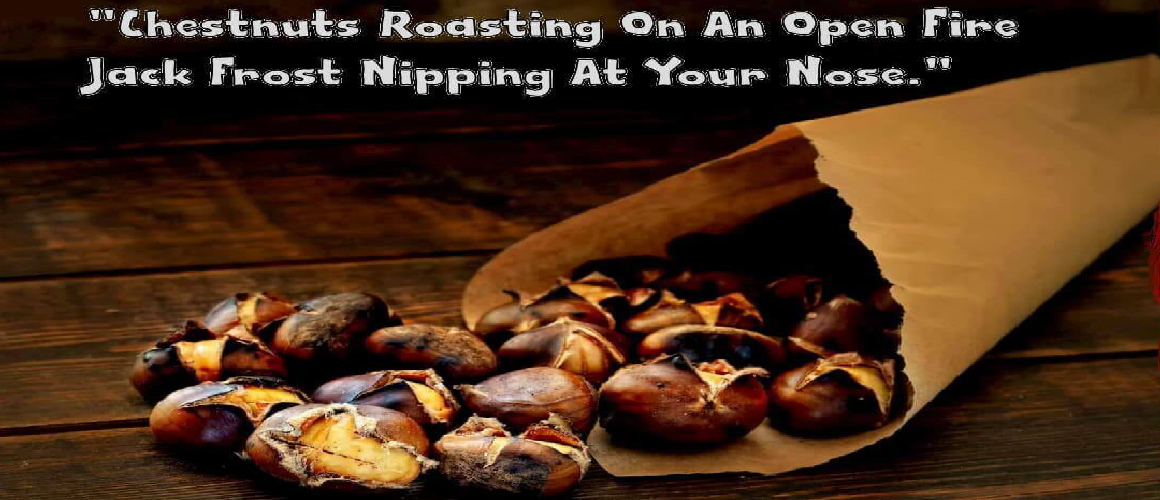


 by Jen P. (https://unsplash.com/@talesbyjen)
by Jen P. (https://unsplash.com/@talesbyjen)